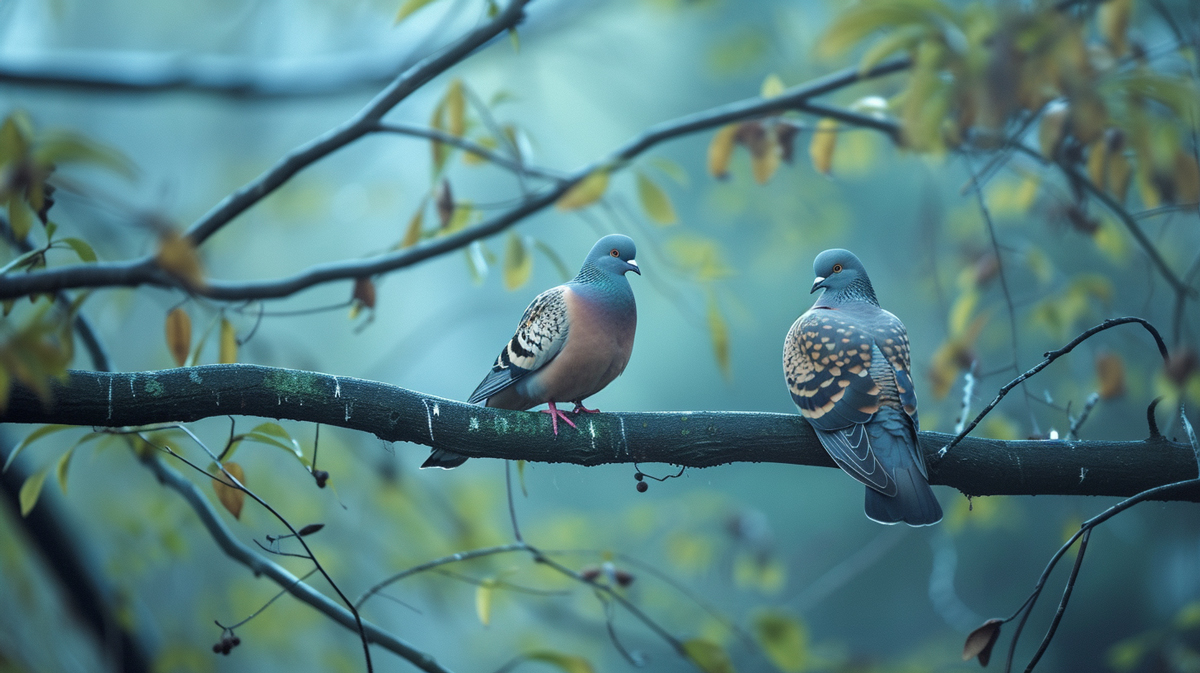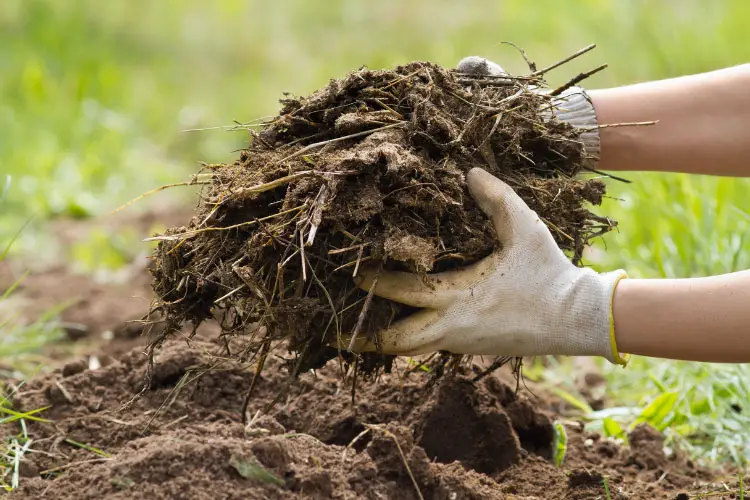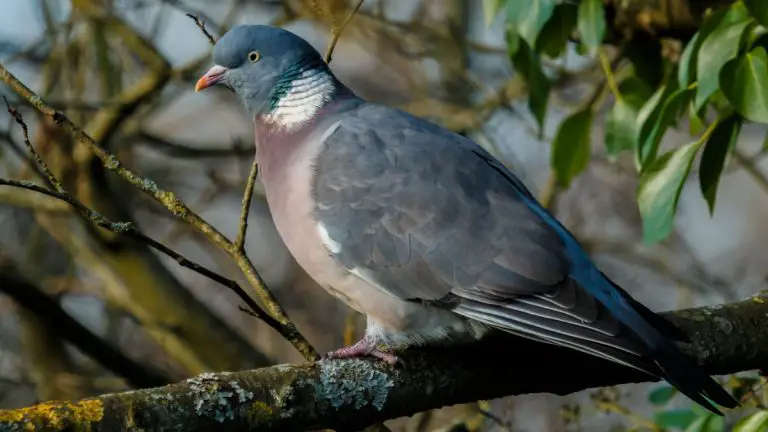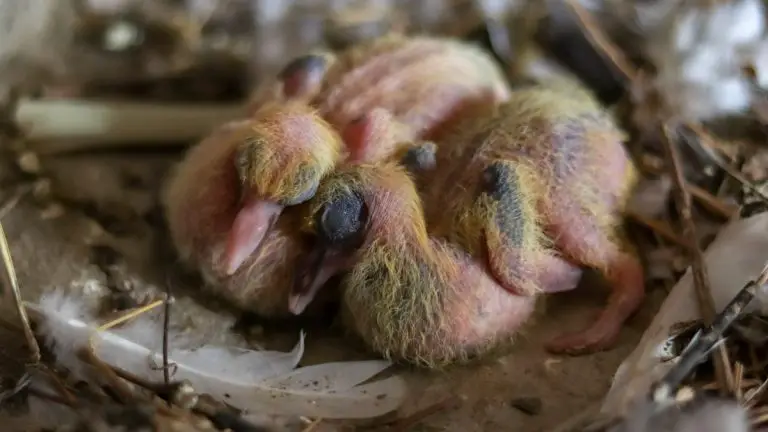The Tragic Extinction of Passenger Pigeon: Lessons in Conservation
The passenger pigeon, once abundant in North America, is now a haunting reminder of the devastating impact of human activity on our natural world. As I delve into the fascinating story of this now-extinct bird, I am struck by its sheer numbers and the awe it inspired in those who witnessed its massive flocks. Join me as I explore the rise and fall of the passenger pigeon, and uncover the lessons we can learn from its tragic demise.
Imagine a sky filled with millions of birds, their wings creating a symphony of sound as they gracefully navigate the air currents. This was the awe-inspiring sight of the passenger pigeon, a species that once dominated the North American skies. Yet, despite its once staggering abundance, the passenger pigeon is now a mere memory, forever lost to us. In this article, I will take you on a journey through time, shedding light on the extraordinary life of the passenger pigeon and the heartbreaking events that led to its ultimate extinction.
The Rise of the Passenger Pigeon
When it comes to the passenger pigeon, the numbers are truly staggering. Imagine a bird species that once filled the skies of North America in such immense numbers that their flocks would darken the sky for miles. It’s hard to fathom, but that was the reality of the passenger pigeon.
Back in the 19th century, these birds were abundant and thrived across the continent. They were social creatures, forming enormous flocks consisting of millions, if not billions, of individuals. The sight of these massive gatherings was nothing short of breathtaking.

So, what led to the rise of the passenger pigeon? One key factor was their adaptability. They were able to occupy a wide range of habitats, from forests to grasslands, making them incredibly versatile. Not only that, but their lightning-fast flight allowed them to cover vast distances in search of food and suitable nesting sites.
Another contributing factor was the abundance of resources. North America was teeming with the trees, nuts, and berries that the passenger pigeons feasted on. With an ample food supply at their disposal, these birds were able to thrive and reproduce at an astonishing rate.
But as with any rise, there is often a fall. The story of the passenger pigeon takes a tragic turn, as the very factors that propelled their rise ultimately led to their downfall. In the next section, we will explore the challenges and events that led to the extinction of this once magnificent species.
Stay tuned to learn about the decline of the passenger pigeon and the lessons we can learn from their story.
Awe-Inspiring Sight of the Passenger Pigeon Flocks
As I observed the immense flocks of passenger pigeons soaring through the sky, a sense of wonder swept over me. The sheer numbers were staggering, with some estimates placing the population in the billions. It was a truly remarkable sight to behold.
The passenger pigeon, also known as Ectopistes migratorius, was a species that thrived in North America. These birds were highly social and formed massive flocks, covering the sky with their synchronized flight. Witnessing this remarkable natural phenomenon was nothing short of awe-inspiring.
Imagine standing in a field and looking up to see a seemingly endless sea of wings, each pigeon in perfect harmony with its fellow birds. The sight and sound of thousands – if not millions – of pigeons moving as one was an experience that filled both the eyes and the ears.
These flocks stretched for miles and would take hours to pass overhead. The sky seemed alive with the constant movement and the distinct whistling sound they created as they flew. It was like watching a beautifully orchestrated dance, a symphony of avian motion.
As the flocks moved in unison, their wings would create a powerful rush of air, sending a cool breeze across the landscape. This natural phenomenon was a unique sensory experience that I will never forget.
Sadly, the awe-inspiring sight of passenger pigeon flocks is a part of history now. The once abundant species, with its mesmerizing flocks, has been lost forever. The decline and ultimate extinction of the passenger pigeon serve as a powerful reminder of the fragility of our natural world.
Let’s delve deeper into the tragic decline of the passenger pigeon and the lessons we can learn from its story. Stay tuned to learn how the factors that once contributed to their flourishing population eventually led to their demise.
The Extraordinary Life of the Passenger Pigeon
Let me take you on a journey to discover the extraordinary life of the passenger pigeon. These magnificent birds were once a common sight in North America, captivating all who beheld their immense flocks.
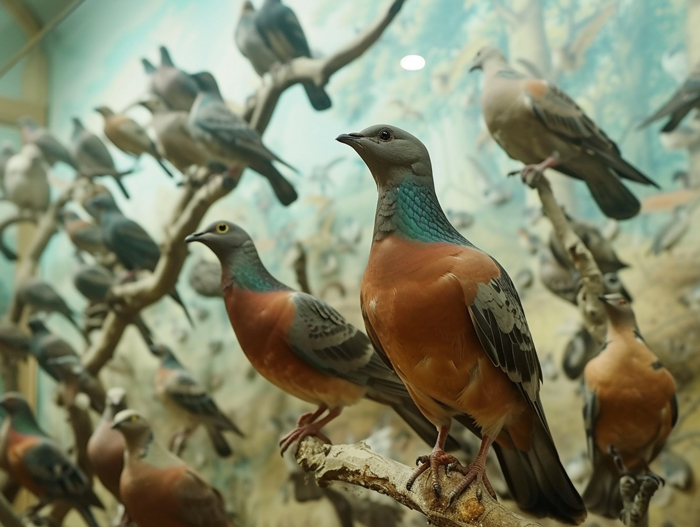
Immense Flocks
Picture this: The sky filled with a multitude of wings, blotted out by the sheer number of passenger pigeons. It’s a sight that was beyond comprehension. These birds moved in synchronized harmony, their flight patterns a mesmerizing dance across the heavens. This spectacle was a testament to the astonishing power of nature.
Unbelievable Numbers
Estimating the passenger pigeon population is no easy task, but some scientists believe that there were billions of them flying in the skies. Yes, billions! To put that into perspective, imagine a number larger than the entire human population on Earth. It’s mind-boggling to think about the sheer abundance of these incredible creatures.
Awe-Inspiring Beauty
The beauty of the passenger pigeon extended beyond their impressive numbers. With their vibrant blue-gray feathers and reddish breast, they were a true marvel of nature. Standing roughly a foot tall, they were graceful and elegant, truly a sight to behold.
The Lessons We Can Learn
Sadly, the story of the passenger pigeon is not all filled with wonder and awe. The decline and ultimate extinction of these magnificent birds serve as a powerful reminder of the fragility of our natural world. We must learn from their story, understanding the impact of human actions on the delicate balance of ecosystems.
So, let us cherish the memory of the passenger pigeon and strive to protect and preserve the diverse species that still grace our planet. Through awareness and conservation efforts, we can ensure that future generations get to witness the extraordinary sights and experiences that nature has to offer.
Stay tuned as we delve deeper into the decline and extinction of the passenger pigeon in the next section, uncovering the factors that led to their tragic demise.
Tragic Events Leading to the Extinction of the Passenger Pigeon
The passenger pigeon, once teeming across the skies in immense flocks, faced a series of tragic events that ultimately led to its extinction. These factors, which I’ll discuss in more detail, serve as a stark reminder of the delicate balance of nature and the consequences of human actions.
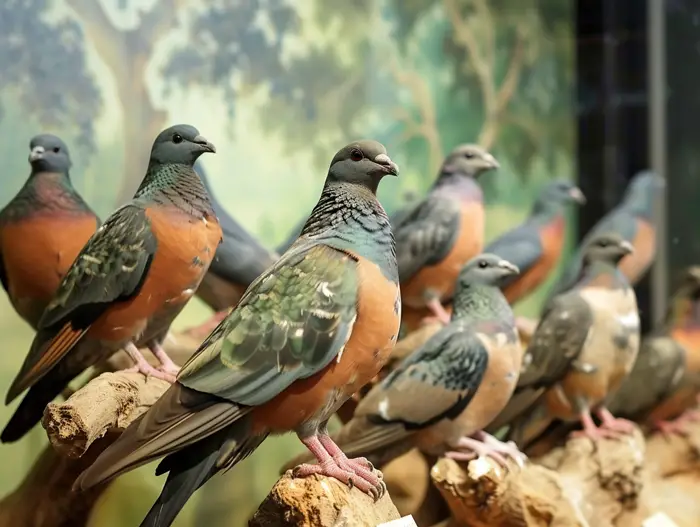
Habitat Loss and Deforestation
The decline of the passenger pigeon can be attributed in large part to the loss of its natural habitat. As settlers expanded across North America, vast areas of forest were cleared for agriculture, logging, and development. The once abundant oak and beech forests, relied upon by the passenger pigeon for nesting and food, were decimated.
Unregulated Hunting and Commercial Exploitation
Another significant factor in the demise of the passenger pigeon was unregulated hunting and commercial exploitation. The large size and flocking behavior of these birds made them easy targets for hunters. The demand for passenger pigeon meat and feathers was high, leading to widespread hunting to satisfy commercial interests.
Lack of Conservation Measures
The absence of effective conservation measures was a critical contributing factor to the extinction of the passenger pigeon. At the time, there was little understanding of the importance of preserving species and their habitats. The lack of protective legislation and failure to implement sustainable hunting practices allowed the passenger pigeon population to decline rapidly.
Disease and Parasites
Disease and parasites further exacerbated the plight of the passenger pigeon. As their numbers dwindled and they were forced into smaller, crowded areas, the spread of infections became more rampant. The introduction of European poultry diseases and parasites from domestic birds, to which the passenger pigeon had no natural resistance, proved devastating.
Social Behavior and Reproduction Challenges
The unique social behavior and specific reproductive strategies of the passenger pigeon also played a role in its decline. These birds relied on large colonies for mating and nesting, with individuals synchronizing their breeding efforts. With the destruction of their habitat and the loss of flocking opportunities, their reproductive success was greatly hindered.
In conclusion, the extinction of the passenger pigeon was the result of a combination of factors, including habitat loss, unregulated hunting, lack of conservation measures, disease, and challenges in reproduction. Understanding these tragic events can help us learn from the mistakes of the past and work towards the conservation of our remaining natural treasures.
Lessons Learned from the Demise of the Passenger Pigeon
The extinction of the passenger pigeon serves as a stark reminder of the delicate balance of nature and the far-reaching consequences of human actions. As we reflect on the tragic events that led to the demise of this once abundant bird, there are several important lessons to be learned:
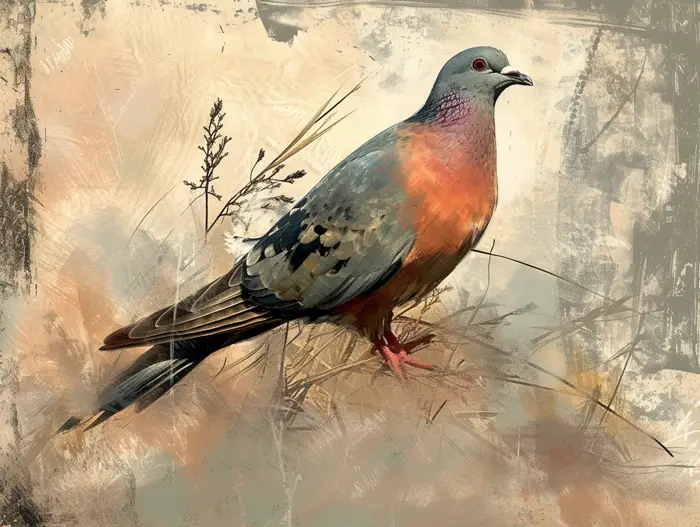
1. The Impact of Habitat Loss: The passenger pigeon was once found in vast numbers across North America, but the widespread destruction of their forest habitats severely impacted their population. This highlights the importance of preserving and protecting natural habitats for the survival of species.
2. The Consequences of Unregulated Hunting: Mass hunting of passenger pigeons for their meat and feathers played a significant role in their extinction. The excessive exploitation of resources without proper regulations can lead to irreversible damage to wildlife populations.
3. The Need for Conservation Measures: The passenger pigeon’s decline went largely unnoticed until it was too late. This emphasizes the crucial role of proactive conservation measures in preventing the loss of species.
4. The Threat of Disease: Outbreaks of avian diseases, such as Newcastle disease, further contributed to the decline of passenger pigeons. Understanding and monitoring disease transmission is crucial for the conservation of vulnerable species.
5. Challenges in Reproduction: Passenger pigeons relied on large-scale nesting colonies for successful breeding. As their numbers dwindled, the lack of suitable breeding sites further hindered their chances of survival. Protecting and restoring breeding habitats is vital for the future of endangered species.
By studying the lessons learned from the demise of the passenger pigeon, we can gain valuable insights into the importance of conservation and the consequences of our actions. It is our responsibility to apply this knowledge to protect and preserve the natural treasures that remain. The survival of our planet’s biodiversity depends on the actions we take now to ensure a sustainable future for all living beings.
Conclusion
Reflecting on the tragic events that led to the extinction of the passenger pigeon, it becomes clear that human actions played a significant role in this devastating loss. The combination of habitat loss, unregulated hunting, lack of conservation measures, disease, and challenges in reproduction all contributed to the demise of this once-abundant species.
These events serve as a stark reminder of the delicate balance of nature and the consequences of our actions. They highlight the importance of understanding and respecting the ecosystems we are a part of. By studying the lessons learned from the passenger pigeon’s extinction, we can gain valuable insights into the importance of conservation and the impact of our choices.
It is now our responsibility to apply this knowledge and take action to protect and preserve the remaining natural treasures that surround us. We must prioritize habitat preservation, implement effective conservation measures, and promote sustainable practices to prevent further loss of biodiversity.
The story of the passenger pigeon serves as a cautionary tale, urging us to be mindful of the consequences of our actions and to work towards a future where we coexist harmoniously with the natural world. Let us learn from the past and strive to be better stewards of our planet.
